The Ollie is not just a skateboard trick; it's the foundation upon which modern street skating was built. Without this seemingly simple maneuver, the entire landscape of skateboarding would look radically different. Developed in the late 1970s by Alan "Ollie" Gelfand, this aerial move revolutionized what was possible on four wheels, transforming skateboarding from ground-based maneuvers to a sport that literally took flight.
What makes the Ollie so groundbreaking is its deceptive simplicity. At its core, the trick involves popping the tail of the board while sliding the front foot forward to level the deck in mid-air. This creates the illusion that the board is sticking to the skater's feet as they jump. While today's skaters make this look effortless, the physics behind it are anything but simple. The precise timing of the pop, the angle of the slide, and the distribution of weight all combine to create that magical moment of suspension.
The cultural impact of the Ollie cannot be overstated. Before its invention, skateboarding was primarily about wheelies, handplants, and other tricks that kept the board firmly on the ground or required grabbing the deck. The Ollie changed everything by proving that skateboards could become airborne without the rider touching the board with their hands. This breakthrough opened the floodgates for all the flip tricks, grinds, and aerial maneuvers that define modern street skating.
Learning to Ollie remains the rite of passage for every new skater. There's something profoundly humbling about spending hours, days, or even weeks trying to get that first clean pop off the ground. The process teaches fundamental skills about board control, weight distribution, and commitment that apply to nearly every other trick in skateboarding. Many seasoned skaters will tell you that they still practice basic Ollies regularly, refining their technique decades after first learning the trick.
The evolution of the Ollie has mirrored the progression of skateboarding itself. What began as a modest curb-height trick in Florida's vertical skating scene has transformed into a maneuver that sends skaters soaring over picnic tables, up stair sets, and across massive gaps. The basic mechanics remain the same, but the application has grown exponentially. Today's professionals routinely perform Ollies that would have been considered impossible when the trick was first invented.
Equipment plays a crucial role in the modern Ollie. Early skateboards with their narrow decks and hard wheels made the trick significantly more difficult. The development of wider boards with concave shapes and grippier griptape gave skaters more control and pop. Today's skateboard technology continues to evolve, with different shapes, concaves, and tail angles allowing for variations in pop height and control that Alan Gelfand could never have imagined in 1978.
The Ollie's influence extends beyond just street skating. Vert skaters use modified versions to get in and out of tricks on transition. Longboarders have adapted the technique for downhill sliding. Even snowboarders and surfers have developed variations that allow them to manipulate their boards in similar ways. The fundamental concept of unweighting the board while maintaining control has become universal across board sports.
What's fascinating about the Ollie is how it represents both simplicity and complexity simultaneously. To the untrained eye, it appears to be a basic jump. But any skater knows the countless hours of practice required to make it look effortless. The difference between a sketchy, barely-off-the-ground Ollie and a soaring, perfectly leveled one represents years of dedication. This paradox is part of what makes skateboarding so compelling - tricks that appear simple reveal hidden depths upon closer inspection.
The future of the Ollie continues to evolve as skateboarding pushes into new territories. Slow-motion filming techniques have allowed skaters to analyze and perfect their technique in ways previous generations couldn't imagine. Skatepark designs now routinely incorporate features specifically designed to challenge skaters' Ollie abilities. And as skateboarding solidifies its place in the Olympic Games, the Ollie remains the fundamental building block that every competitor must master.
Perhaps most importantly, the Ollie represents skateboarding's spirit of innovation. It was born not from corporate research or formal training, but from a teenager experimenting with what was possible on his board. That DIY ethos continues to define skate culture today, where progression comes from skaters pushing themselves and each other to new heights - quite literally in the case of the Ollie. As long as there are skateboards and creative minds riding them, the Ollie will continue to evolve and inspire.

By Sophia Lewis/May 8, 2025
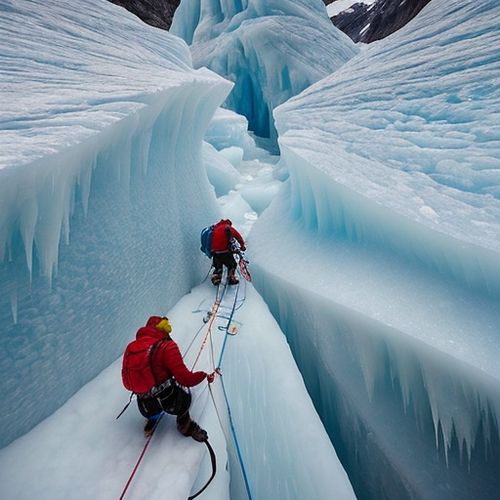
By Samuel Cooper/May 8, 2025
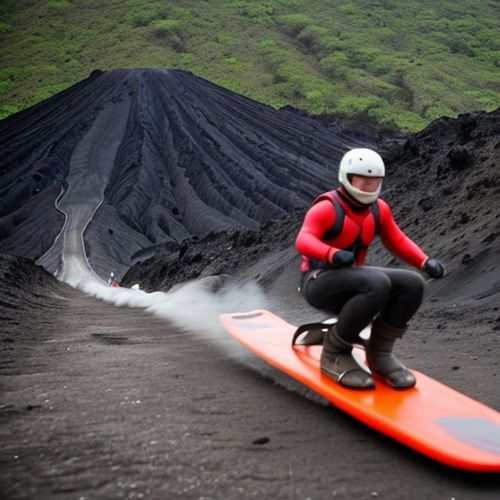
By William Miller/May 8, 2025
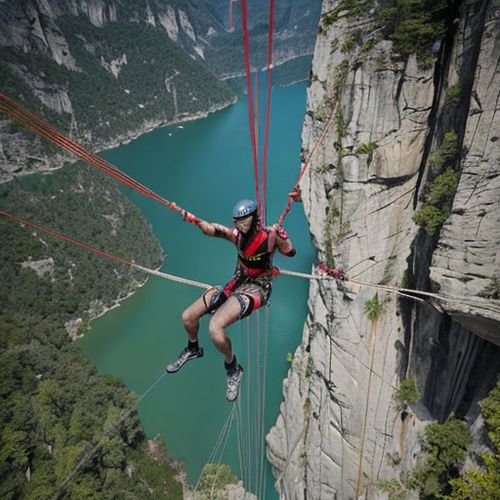
By Rebecca Stewart/May 8, 2025
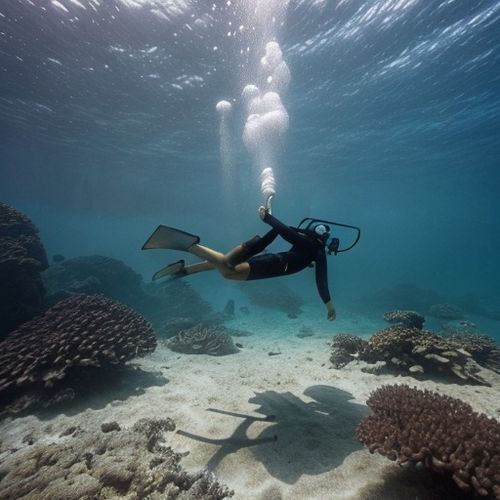
By Natalie Campbell/May 8, 2025

By Jessica Lee/May 8, 2025

By Thomas Roberts/May 8, 2025
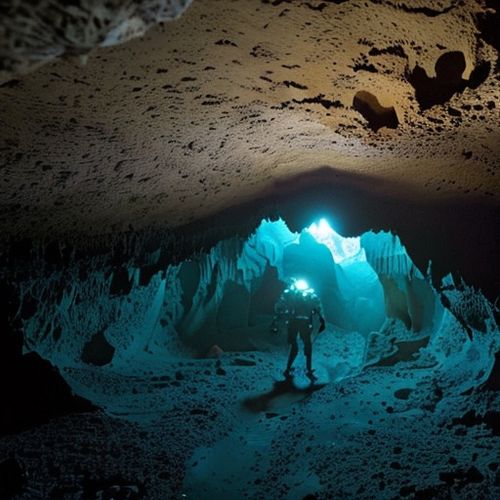
By Christopher Harris/May 8, 2025
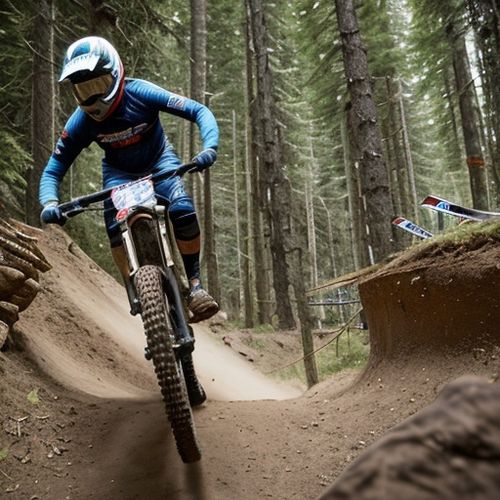
By Christopher Harris/May 8, 2025
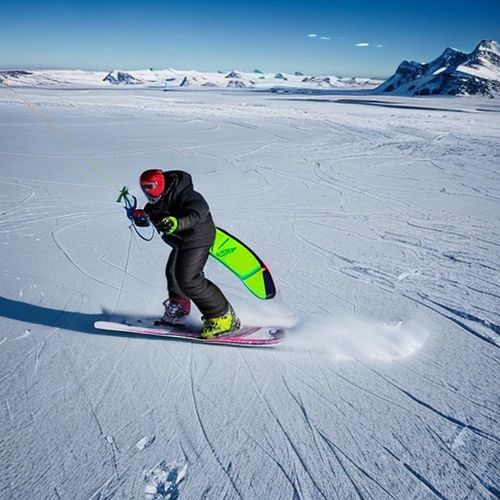
By Natalie Campbell/May 8, 2025
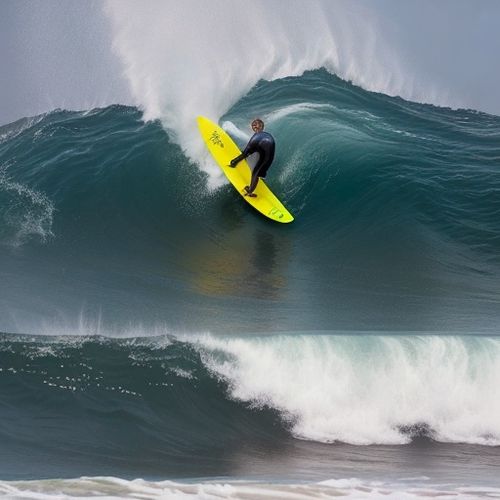
By Rebecca Stewart/May 8, 2025
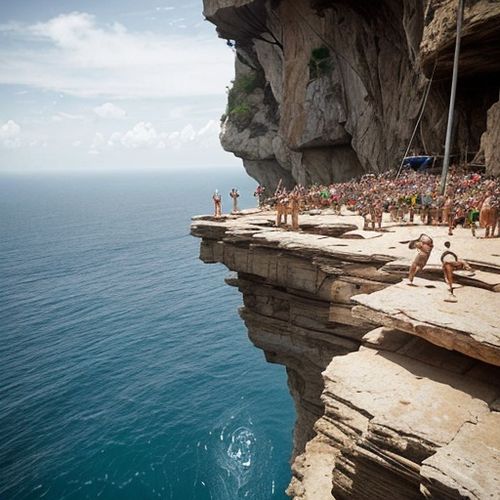
By Sophia Lewis/May 8, 2025
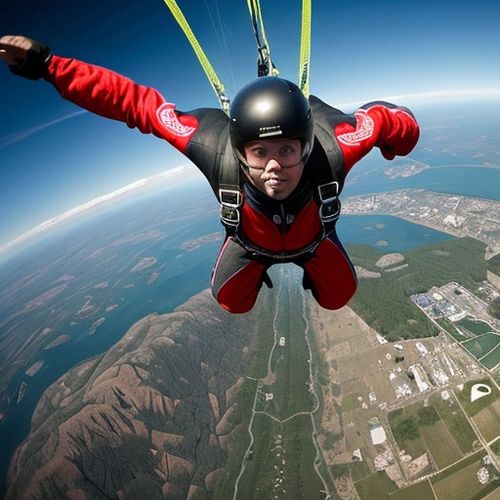
By Noah Bell/May 8, 2025
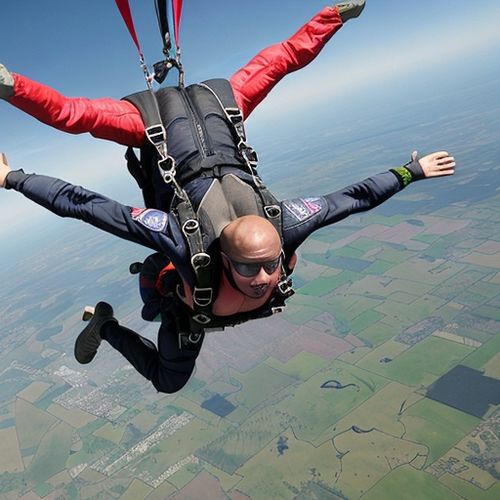
By Sophia Lewis/May 8, 2025
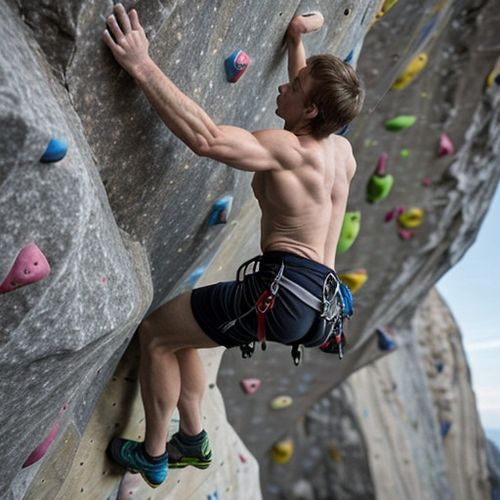
By Benjamin Evans/May 8, 2025
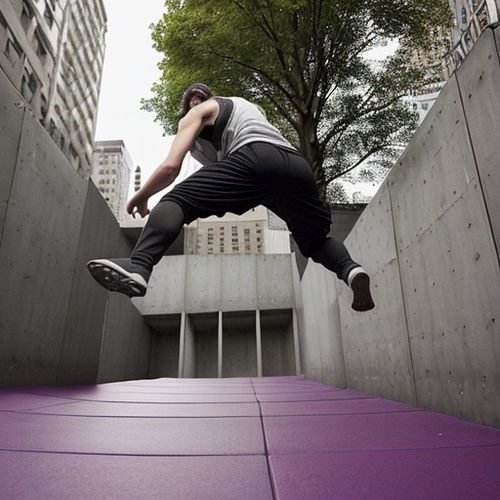
By Benjamin Evans/May 8, 2025
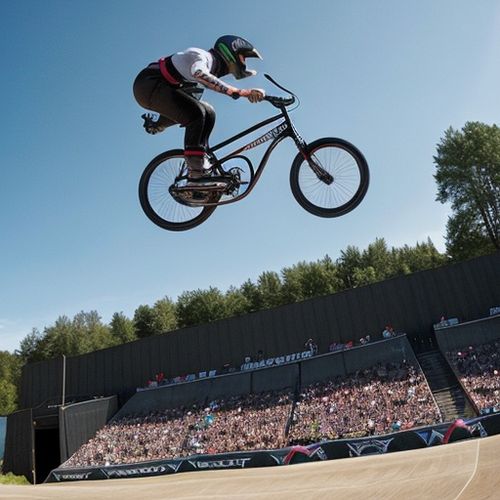
By Eric Ward/May 8, 2025
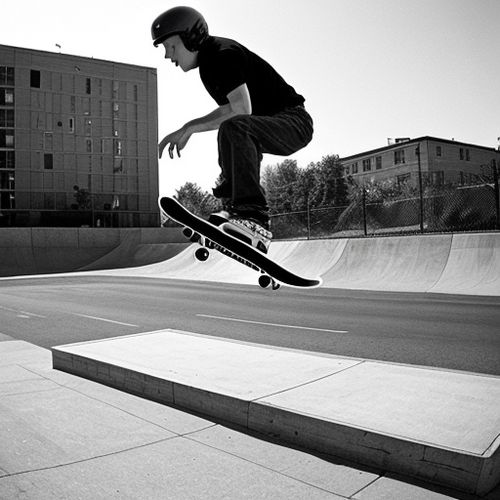
By Elizabeth Taylor/May 8, 2025
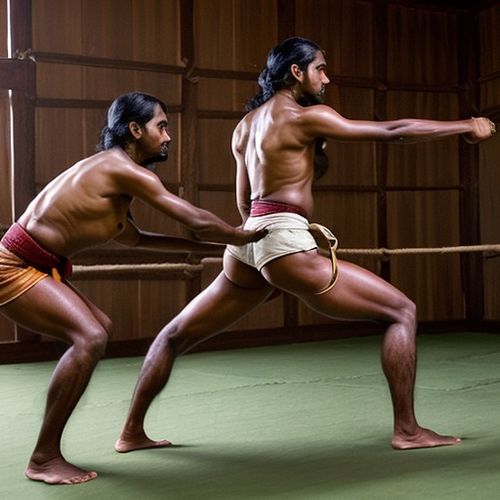
By Daniel Scott/May 8, 2025
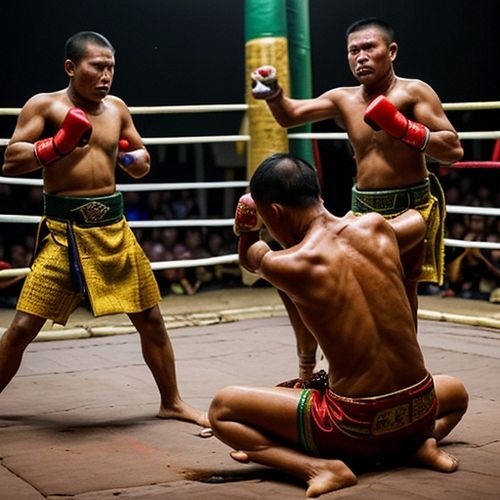
By Eric Ward/May 8, 2025